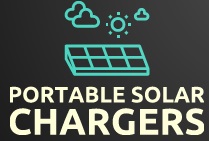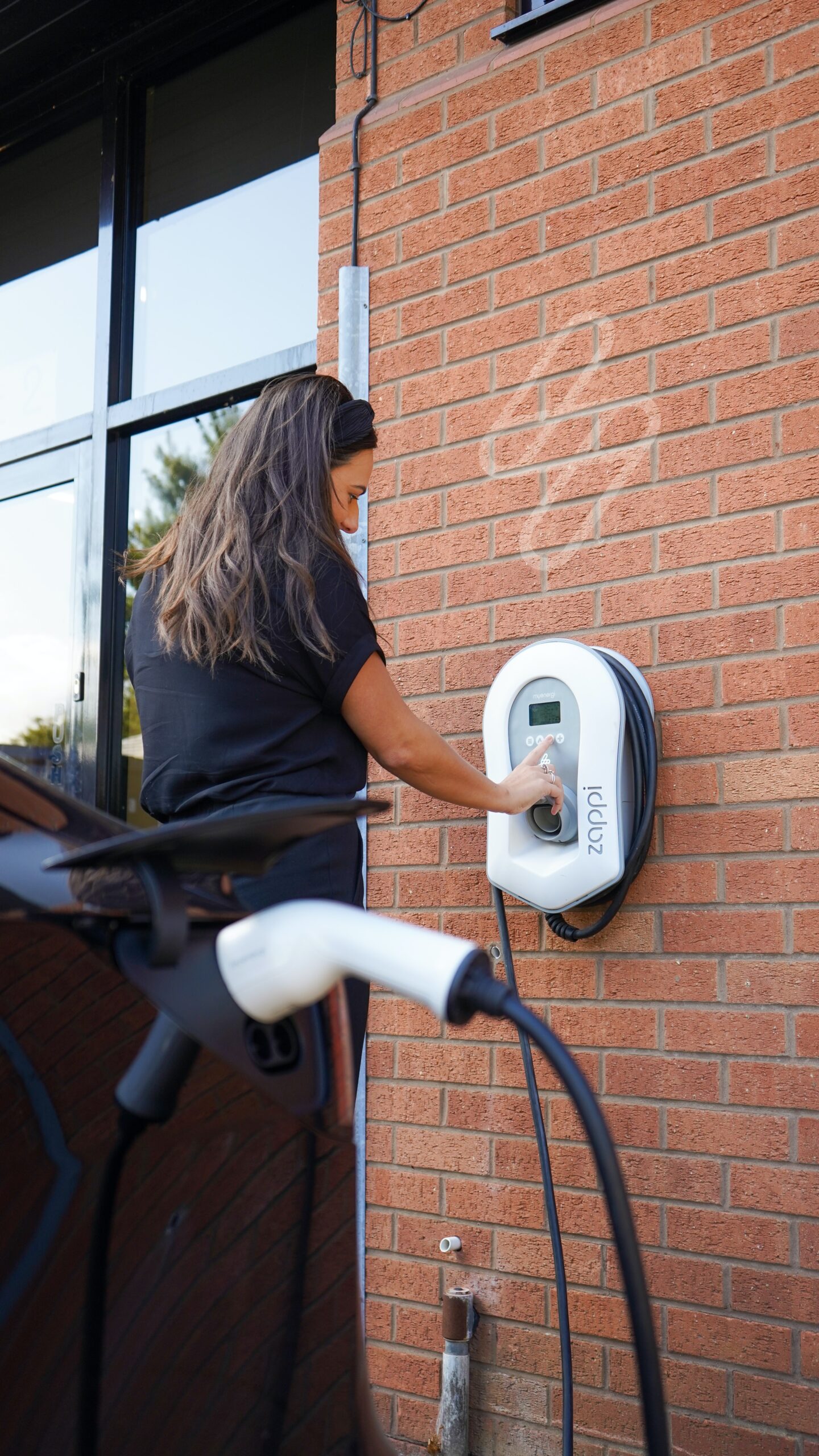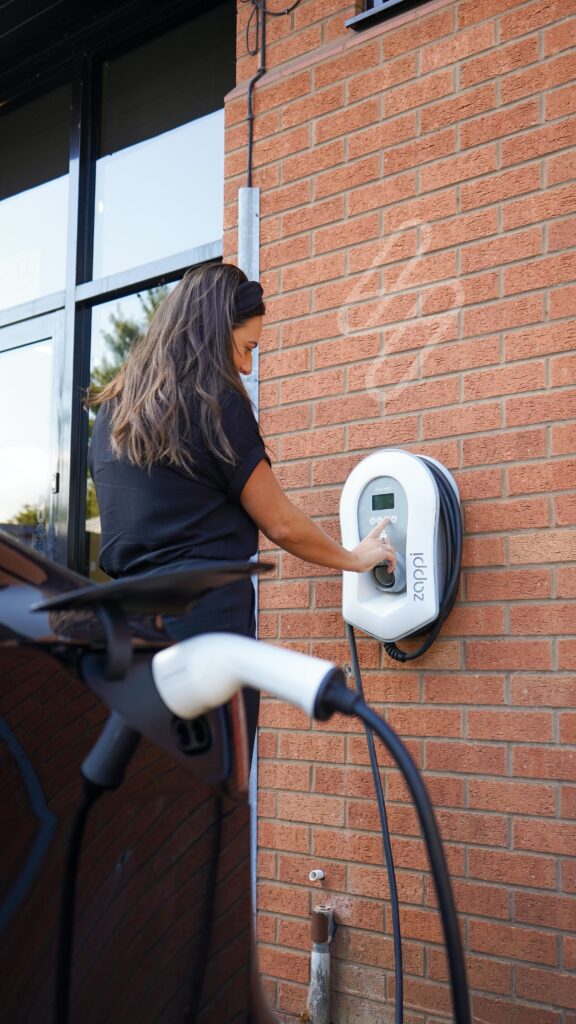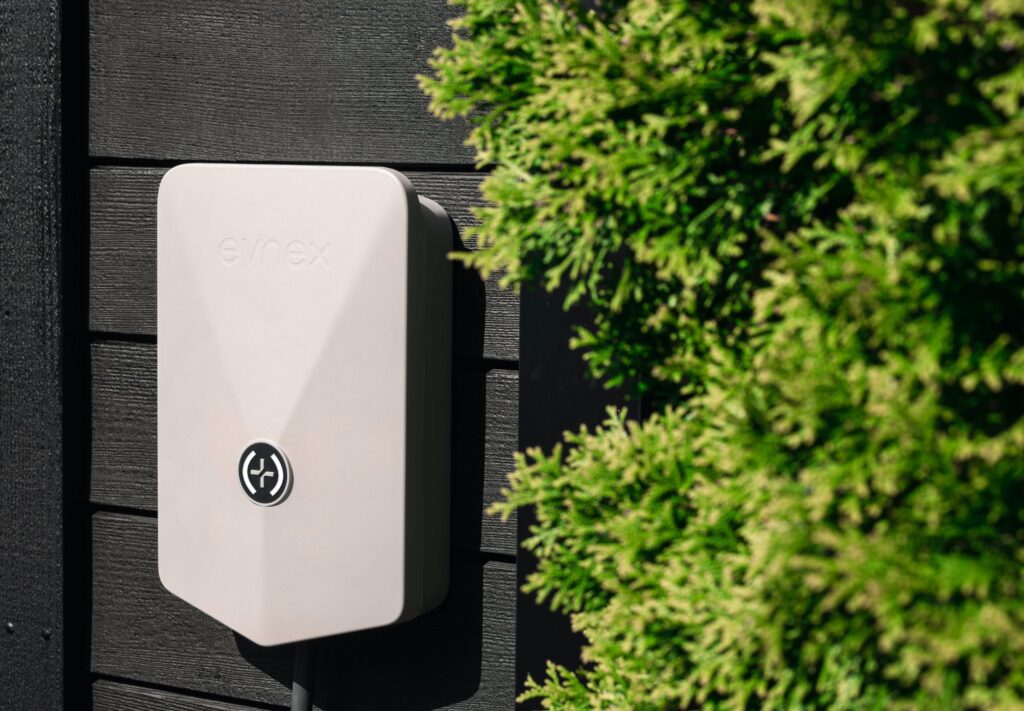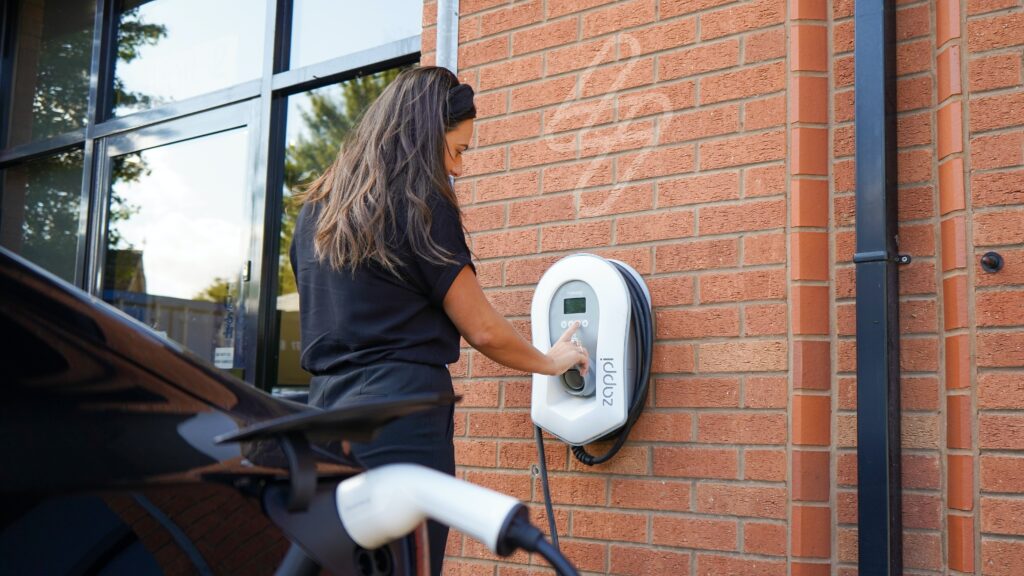If you’re looking to maximize the efficiency of your solar charger, it’s essential to understand how to position it correctly. By positioning your solar charger in the right way, you can make the most of its power and ensure that your devices are charged efficiently. In this article, you’ll discover the key factors to consider when determining the ideal position for your solar charger, allowing you to harness the sun’s energy to its fullest potential. So, let’s dive in and learn how to position your solar charger for optimal efficiency.
1. Understanding Solar Charger Efficiency
1.1 What is Solar Charger Efficiency?
Solar charger efficiency refers to the ability of a solar charger to convert sunlight into usable electrical energy. It is a measure of how effectively the charger can convert sunlight into a charge that can be stored in batteries or used to power devices. The efficiency of a solar charger is crucial because it determines the amount of electricity it can generate from the available sunlight.
1.2 Factors Affecting Solar Charger Efficiency
Several factors can influence the efficiency of a solar charger. The first and most crucial factor is the quality of the solar panels used in the charger. High-quality panels with better photovoltaic (PV) cells are more efficient and can generate more power from the same amount of sunlight.
The second factor is the positioning and orientation of the solar panels. The angle and direction at which the panels are placed can significantly impact the amount of sunlight they receive throughout the day. Additionally, obstructions such as buildings or trees can cast shadows on the panels, reducing their efficiency.
The third factor is the environmental conditions, including temperature, humidity, and air quality. Extreme temperatures can affect the performance of solar panels and reduce their efficiency. High humidity or the presence of dirt and debris on the panels can also impact their ability to capture sunlight effectively.
1.3 Importance of Optimizing Solar Charger Efficiency
Optimizing solar charger efficiency is essential for several reasons. Firstly, maximizing efficiency ensures that the solar charger can generate enough power to meet your energy needs. If the charger is not efficient, it may not be able to charge your devices or store enough energy in the batteries, rendering it ineffective.
Secondly, optimizing efficiency allows you to make the most of the available sunlight. By positioning and orienting the solar panels correctly, you can capture a greater amount of sunlight and generate more electricity. This is especially crucial in areas with limited sunlight or during seasons with shorter daylight hours.
Lastly, improving solar charger efficiency can contribute to environmental sustainability. Solar energy is clean and renewable, and by maximizing the efficiency of solar chargers, you can reduce your reliance on fossil fuels and decrease your carbon footprint.
2. Choosing the Right Location for Solar Charging
2.1 Assessing Sunlight Availability
To optimize the efficiency of your solar charger, it is crucial to assess the availability of sunlight in the location where you plan to use it. Sunlight availability varies depending on factors such as geographical location, time of year, and surrounding structures.
Ideally, you should choose a location that receives a significant amount of direct sunlight throughout the day. Areas with minimal shading from buildings, trees, or other obstructions will allow the solar panels to receive maximum sunlight exposure.
2.2 Considering Obstructions and Shading
When selecting a location for solar charging, it is essential to consider potential obstructions that can cast shadows on the solar panels. Buildings, trees, and nearby structures can block sunlight and significantly reduce the efficiency of the charger.
To avoid shading, place the solar charger in an area where it is free from obstructions during the peak sunlight hours. If necessary, consider trimming or removing trees or bushes that may cast shadows on the solar panels.
2.3 Evaluating the Solar Angle
The angle of the sun changes throughout the day and varies depending on the time of year and geographical location. To optimize solar charger efficiency, it is crucial to evaluate the solar angle and position the panels accordingly.
In general, the solar panels should be positioned at an angle that allows them to face the sun directly. This ensures that the panels receive maximum sunlight exposure. The optimal angle may vary depending on your location and the season, so it is beneficial to research the optimal angles for your specific geographical area.
3. Placement Considerations for Different Environments
3.1 Solar Charging at Home
When charging solar panels at home, several placement considerations can help maximize efficiency. Firstly, identify a location that receives ample sunlight throughout the day and is free from shading. Consider placing the solar panels on rooftops, open yards, or balconies.
Additionally, orient the solar panels towards the south (in the Northern Hemisphere) or towards the north (in the Southern Hemisphere) to capture the most sunlight. This orientation takes advantage of the sun’s path and ensures optimal exposure.
3.2 Solar Charging Outdoors
If you plan to charge your devices outdoors, such as in a garden or backyard, it is essential to choose a location that offers unrestricted access to direct sunlight. Avoid areas with tall structures or trees that may obstruct sunlight and consider using portable solar panels that can be easily positioned and adjusted for maximum efficiency.
3.3 Solar Charging on the Move (e.g., hiking, camping)
For on-the-go solar charging, such as during hiking or camping trips, flexibility and portability are crucial. Look for compact and lightweight solar chargers that can be easily attached to backpacks or tents. Place the solar panels in a way that allows for maximum exposure to sunlight as you move throughout the day.
4. Optimizing Solar Panel Orientation
4.1 Understanding Solar Panel Orientation
The orientation of the solar panels plays a significant role in optimizing their efficiency. In most cases, orienting the panels towards the south (in the Northern Hemisphere) or towards the north (in the Southern Hemisphere) yields the best results.
By facing the panels towards the direction where the sun is strongest, you can ensure that they receive maximum sunlight exposure. This positioning allows the PV cells to capture the sun’s rays more effectively and convert them into electricity.
4.2 The Role of Tilt Angle
In addition to the direction of the solar panels, the tilt angle also influences their efficiency. The tilt angle refers to the angle at which the solar panels are inclined relative to the ground.
The optimal tilt angle varies depending on your geographical location and the time of year. As a general rule, the tilt angle should be roughly equal to the latitude of your location. However, adjusting the tilt angle according to seasonal changes can further optimize solar charger efficiency.
4.3 Adjusting Panel Angle Throughout the Day
To maximize solar charger efficiency, it is beneficial to adjust the angle of the solar panels throughout the day to align them with the changing position of the sun. This can be achieved by using adjustable mounts or tilting mechanisms that allow you to change the panel angle easily.
In the morning, position the panels at an angle that is more upright to capture the low-angle sunlight. As the day progresses, gradually adjust the panels to a flatter angle, aligning them with the sun’s path. This continuous adjustment ensures that the panels receive the most sunlight possible throughout the day.
5. Maximizing Sunlight Exposure
5.1 Positioning the Charger for Direct Sunlight
To maximize sunlight exposure, position your solar charger in a location that receives direct sunlight for the majority of the day. Direct sunlight provides the highest intensity of sunlight, allowing the solar panels to generate more electricity.
Avoid placing the charger in areas that are shaded or prone to casting shadows, as these conditions can significantly reduce the charger’s efficiency. Ensure that there are no obstructions blocking the sunlight and that the solar panels are unobstructed.
5.2 Avoiding Shadows and Reflective Surfaces
Shadows and reflective surfaces can negatively affect solar charger efficiency. Shadows cast on the solar panels prevent them from receiving direct sunlight, reducing their ability to generate electricity. Similarly, reflective surfaces can bounce sunlight away from the panels, further decreasing their efficiency.
When positioning your solar charger, be mindful of neighboring objects that could potentially create shadows or reflective surfaces. Consider the movement of shadows throughout the day and ensure that the solar panels remain in an unobstructed area.
5.3 Utilizing Sun Tracking Technology
Sun tracking technology can be used to optimize solar charger efficiency by automatically adjusting the position and orientation of the solar panels as the sun moves across the sky. These systems use sensors to track the sun’s position and make real-time adjustments to ensure maximum sunlight exposure.
While sun tracking technology can significantly improve efficiency, it is important to note that it may add complexity and cost to the solar charging setup. Consider your specific needs and budget when deciding whether to invest in sun tracking technology.
6. Taking Advantage of Time and Seasonal Factors
6.1 Solar Position Variations During the Day
Throughout the day, the position of the sun in the sky changes, affecting the intensity and angle of sunlight. To optimize solar charger efficiency, it is beneficial to be aware of these variations and adjust the position and angle of the solar panels accordingly.
By aligning the solar panels with the sun’s path, you can ensure maximum sunlight exposure. Regularly monitoring the position of the sun and making adjustments to the panel angle can help capture more sunlight and generate more electricity.
6.2 Seasonal Considerations for Optimal Efficiency
Solar charger efficiency is influenced by seasonal changes, especially in terms of daylight hours and the angle of the sun. During winter months, when daylight hours are shorter and the sun’s angle is lower, it may be necessary to adjust the tilt angle of the solar panels to compensate for the reduced sunlight exposure.
In contrast, during summer months with longer daylight hours and a higher sun angle, the panels may need to be adjusted to a flatter angle to capture the sunlight more effectively. By taking seasonal considerations into account, you can optimize solar charger efficiency throughout the year.
6.3 Time of Day and Peak Sunlight Hours
To make the most of your solar charger, it is essential to be aware of the peak sunlight hours in your location. These are the hours of the day when the sunlight is strongest and most intense. By charging your devices or storing energy during these peak hours, you can maximize the efficiency of your solar charger.
Peak sunlight hours typically occur around midday when the sun is at its highest point in the sky. During these hours, the solar panels receive the most direct sunlight, resulting in the highest power output. Planning your charging activities around this time can help optimize solar charger performance.
7. Monitoring and Adjusting Solar Charger Performance
7.1 Using Solar Charge Controllers
Solar charge controllers are essential components of a solar charging system that help optimize efficiency. These controllers regulate the electrical charge flowing from the solar panels to the batteries, preventing overcharging and maximizing the battery’s lifespan.
By effectively managing the charging process, solar charge controllers ensure that the solar charger operates at its highest efficiency. They monitor the battery voltage, adjust the charging current, and provide protection against overcharging or discharging. Regularly monitoring and maintaining these controllers can help maintain optimal solar charger performance.
7.2 Assessing Power Output
To gauge the efficiency of your solar charger, it is important to assess its power output. This can be done by measuring the current and voltage generated by the solar panels.
By regularly monitoring the power output, you can identify any variations or discrepancies that may indicate a drop in efficiency. This allows you to take proactive measures, such as cleaning the panels or adjusting their position, to restore optimal performance.
7.3 Making Adjustments for Maximum Efficiency
To optimize solar charger efficiency, it is essential to make adjustments as needed. Regularly assess the position, orientation, and angle of the solar panels to ensure they are optimized for maximum sunlight exposure. If any obstructions or shading occur over time, make the necessary adjustments to maintain efficiency.
Additionally, keeping track of seasonal changes and variations in sunlight intensity can inform you of any adjustments that need to be made to maximize efficiency. Taking a proactive approach to monitoring and adjusting your solar charger will help ensure optimal performance throughout its lifespan.
8. Maintenance Tips for Maintaining Efficiency
8.1 Cleaning the Solar Panels Regularly
Maintaining clean solar panels is crucial for optimal efficiency. Dust, dirt, pollen, and other debris can accumulate on the surface of the panels over time, reducing their ability to capture sunlight effectively.
Regularly clean the solar panels using a soft cloth or sponge and a mild detergent or soapy water. Gently wipe away any dirt or debris and rinse with clean water. Avoid using harsh chemicals or abrasive materials that may scratch or damage the panels.
8.2 Checking for Dirt and Debris
In addition to regularly cleaning the solar panels, it is important to check for dirt and debris that may accumulate around the panels or on the mounting structure. Remove any fallen leaves, branches, or other objects that may obstruct sunlight or cause damage to the panels.
Regular inspection and proper maintenance will help ensure that the solar panels remain unobstructed and can capture sunlight effectively, maximizing the efficiency of the charger.
8.3 Inspecting for Damage or Aging
Periodically inspect the solar panels for any signs of damage or aging. This includes checking for cracks, scratches, or other physical damage that may affect their performance.
Additionally, monitor the overall condition of the solar charger components, including wiring, connectors, and mounting structure. Any signs of wear, degradation, or corrosion should be addressed promptly to maintain optimal efficiency.
Taking a proactive approach to maintenance and addressing any issues promptly will help ensure the long-term efficiency and performance of your solar charger.
9. Utilizing Additional Charging Techniques
9.1 Battery Bank Charging
To optimize the efficiency of your solar charger, consider utilizing a battery bank. A battery bank allows you to store excess solar energy generated by the panels for later use, ensuring that none of the generated power goes to waste.
By charging the battery bank during periods of high sunlight exposure and utilizing the stored energy when sunlight is limited or unavailable, you can maximize the efficiency of your solar charger. This approach allows you to have a continuous and reliable power supply, even during periods of low sunlight or at night.
9.2 Charging Multiple Devices Simultaneously
If you have multiple devices that require charging, it is beneficial to charge them simultaneously using your solar charger. By utilizing multiple charging ports or employing a multi-device charger, you can maximize the efficiency of your solar charger and save time.
When charging multiple devices, ensure that the total charging capacity of the charger is sufficient to meet the power requirements of all the devices simultaneously. Be mindful of the energy consumption of each device to avoid overloading or reducing the overall efficiency of the charger.
9.3 Using Solar Chargers with Power Storage
Some solar chargers are equipped with power storage capabilities, allowing them to store excess solar energy for later use. These chargers typically have built-in batteries that can be charged during periods of high sunlight exposure and used to power devices later, even when sunlight is limited.
By utilizing solar chargers with power storage, you can optimize efficiency by capturing and storing sunlight when it is abundant and using the stored energy when needed. This approach ensures a continuous power supply, regardless of the availability of direct sunlight.
10. Understanding Limitations and Realistic Expectations
10.1 Efficiency Factors Beyond Positioning
While positioning and optimizing solar charger configuration are essential for efficiency, it is important to understand that there are other factors that can influence the overall performance. Factors such as the quality of solar panels, weather conditions, and the capacity of the charger itself can all impact efficiency.
Investing in high-quality solar panels, purchasing a charger with sufficient capacity for your needs, and being mindful of weather conditions are additional measures that can contribute to optimal efficiency.
10.2 Considering Weather Conditions
Weather conditions play a significant role in the efficiency of solar chargers. While direct sunlight is ideal for optimal efficiency, varying weather conditions can affect the intensity and availability of sunlight.
Cloudy or overcast days can significantly reduce the amount of sunlight reaching the solar panels, resulting in decreased charging efficiency. Additionally, extreme weather conditions such as heavy rain, snow, or high winds can also affect the performance of solar chargers.
Being aware of the weather forecast and adjusting your expectations accordingly can help manage realistic expectations and maintain optimal efficiency.
10.3 Managing Expectations for Output
When using solar chargers, it is important to manage your expectations for the output and charging capabilities. The actual energy output of a solar charger depends on various factors, including sunlight availability, the capacity of the charger, and the power requirements of the devices being charged.
While solar chargers can provide a convenient and environmentally friendly source of power, they may not always meet the energy demands of high-powered devices or provide a rapid charging experience. Understanding the limitations of solar charging and setting realistic expectations for output will help you utilize the charger efficiently and effectively.
In conclusion, positioning your solar charger for optimal efficiency requires careful consideration of factors such as sunlight availability, obstructions, solar panel orientation, and maximizing sunlight exposure. Regular monitoring, maintenance, and adjustment of the charger’s performance contribute to its efficiency and longevity. Additionally, utilizing additional charging techniques and understanding the limitations and realistic expectations ensure an effective and reliable solar charging experience. By following these guidelines, you can harness the power of solar energy and make the most of your solar charger.
